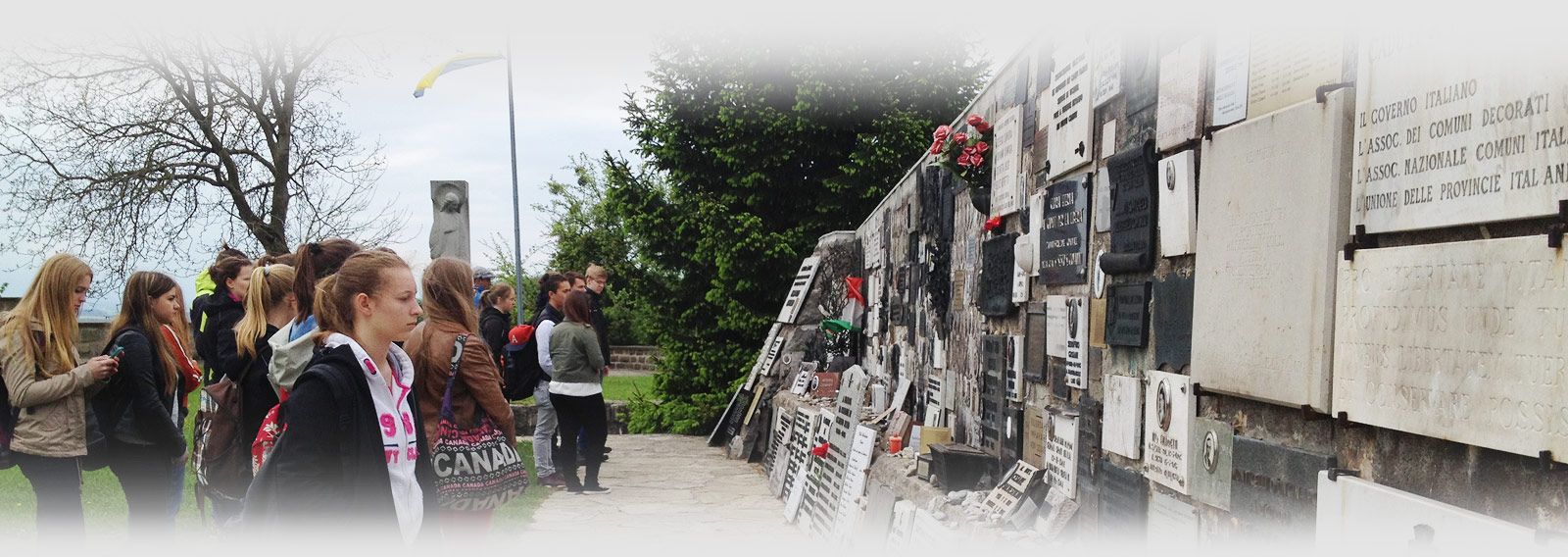Locations of former concentration and satellite camps with tours
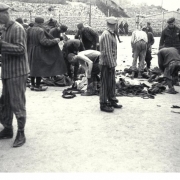
Gusen I Concentration Camp had been planned and built for prisoners to carry out forced labour in the stone quarries. But it soon turned into a death camp in which whole groups of prisoners, especially from Poland and Spain, were systematically murdered.
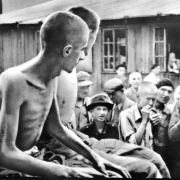
In 1943, the construction of a tunnel system with a size of 50,000 square metres, codename “Bergkristall”, was started in St. Georgen by the Gusen. While construction was still under way, the production of airplanes for Messerschmitt was already started.
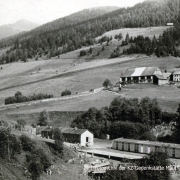
Bretstein was the first subcamp to be set up in Styria, and it was built so prisoners could work on road construction and in agriculture. The majority of the prisoners held there were Spanish Republicans.
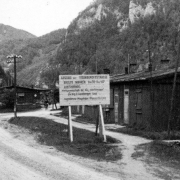
Dipoldsau Subcamp was established as a subcamp to the Großraming Subcamp. Prisoners were forced to work in the quarries at the gorge wall in Großraming, to build a raft lift in Küpfern, a sawmill, a workers’ village, and to raise the Eisenstraße.
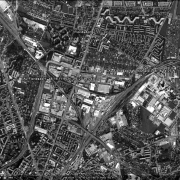
After the air raid on Wien-Schwechat by the allied forces, the arms production run by Heinkel was relocated to the underground grotto in Hinterbrühl. Before the grotto was ready for use, Heinkel had production sites in different brewery cellars in Vienna, also in Wien-Floridsdorf. The Concentration Camp was also referred to as Floridsdorf I, “Julius” (codename for the Heinkel production) or “AFA-Werke”.
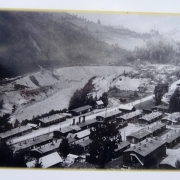
To ensure power supply for the newly founded industrial areas in Upper Austria, Großraming Subcamp was established in January 1943. The prisoners had to work on the construction of the power plant.
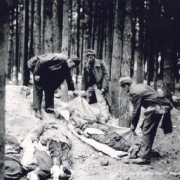
Gunskirchen had special status within in the system of Mauthausen Concentration Camp and its subcamps, as it served only as a reception camp for Jewish prisoners, the majority of whom were Hungarian Jews from the “Süd-Ost-Wall”. The death marches from the Hungarian border, either via Mauthausen, or straight to Gunskirchen are directly connected to the subcamp. For the prisoners held there, Gunskirchen camp was pure hell on earth.
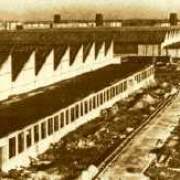
Guntramsdorf / Wiener Neudorf Subcamp was established to accelerate the production of aircraft engines. With the additional labour force from Mauthausen Concentration camp, the slow construction and later the production of the aircraft engine was to be accelerated.
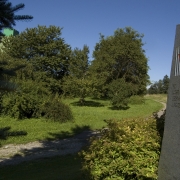
Gusen III Subcamp was a small camp with an industrial bakery. On 5 May 1945, it was the first of the Gusen camps to be liberated, however only by a first patrol of US soldiers.
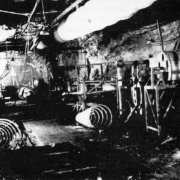
In Hinterbrühl near Mödling, there was yet another subcamp to Mauthausen Concentration Camp. It housed prisoners who had to work in the “Languste” tunnels for Heinkel AG company to manufacture aircraft parts. Up 1,700 prisoners had to work in the tunnel system.
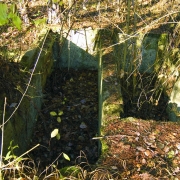
In the autumn of 1944, female prisoners were assigned to work at the Hirtenberg bullet factory on the production of ammunition. They were forced to work 12-hour shifts in the production of infantry ammunition.
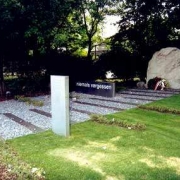
Up to 1,993 prisoners were deported to Jedlesee Subcamp (also called “Floridsdorf II” or “Julius”) after the Schwechat-Heidfeld camp was bombed. Part of the Vienna city expressway now leads over where the Mautner brewery in Jedlesee used to be. A memorial plaque outside the Floridsdorf district museum serves as a reminder of the former subcamp. On the premises of the former barracks camp, there is now a football field. On the former grounds of the AFA works, there is a business park.
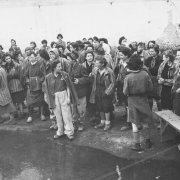
On 28 October 1944 - officially not established until 3 November 1944 -, 400 female prisoners arrived in Lenzing Subcamp from Auschwitz Concentration Camp, who had to carry out forced labour at the Lenzing Zellwolle und Papierfabrik AG (pulp and paper factory).
At Loibl North Subcamp (located at 1000 m above sea level), prisoners had to work in extreme weather conditions to build a tunnel through the Karawanks mountains, which form the border between Slovenia and Austria.
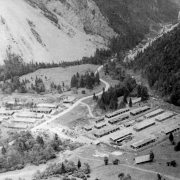
The alpine pass over Loibl mountain was strategically significant as it was an important traffic route between the German Reich and the Balkans. Which was why, as of 1941, the construction of a road tunnel through the mountain was started. In 1943, the SS started deploying prisoners from concentration camps to dig the tunnel into the mountain from the southern side.
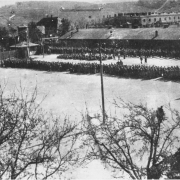
After Mauthausen, Gusen, and Ebensee, Melk Subcamp was the largest concentration camp within the Mauthausen system. Under slave-like conditions, the prisoners had to dig an extensive tunnel system into Wachberg mountain near the towns of Roggendorf and Loosdorf.
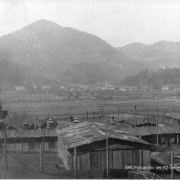
Peggau Subcamp was also referred to as “Marmor” (marble) and was established as a result of the air raids on Graz starting in 1944, which forced Steyr-Daimler-Puch AG to relocate their manufacturing site. The prisoners had to dig a shellproof tunnel into the Peggauer Wand, where aircraft parts were to be produced.
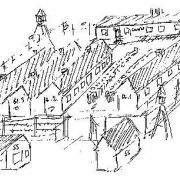
After an air raid by the allied forces over the Wiener Neustadt Rax-Werke on 30 August 1943, the test facilities for rocket combustion chambers and the facilities for the production of rocket fuel were moved to the brewery cellar in Zipf. Prisoners had to expand the cellars for the production of liquid oxygen. In 2018, edition mauthausen published the book “V2 Raketen im Brauereikeller. Das Konzentrationslager Redl-Zipf 1943-1945” (V2 rockets in a brewery cellar. Redl-Zipf Concentration Camp 1943-1945). [1]
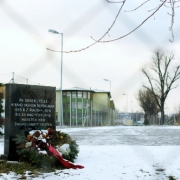
Starting in the summer of 1944, the Austrian Saurerwerke AG (founded in 1906) used forced labourers and prisoners from Mauthausen Concentration Camp next to their civilian workers for their vehicle production.
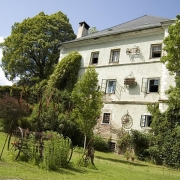
Lind Castle Subcamp was one of the smallest subcamps to Mauthausen Concentration Camp. It was first used as a camp for POWs, until on 22 June 1942, the first prisoners from Dachau Concentration Camp were deported there. In 1996, a small local branch of the MKÖ (Mauthausen Committee Austria) established a memorial site in the castle. To act, to inform, to raise awareness and civil courage - these are the things that characterise the Lind Castle memorial - the museum of local history that’s DIFFERENT
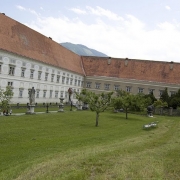
In Styria, there were six subcamps to Mauthausen Concentration Camp that were for men, and one for women. It was first established as a subcamp to Ravensbrück Concentration Camp, on the premises of the Benedictine Monastery, which the Nazis had impounded. On 15 September 1944, it was incorporated into the system of Mauthausen Concentration Camp.
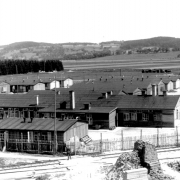
In August 1944, a subcamp to Mauthausen Concentration Camp was established north of the huge plot of land that was the Nibelungen works. Up to 1,500 prisoners had to work in tank production at St. Valentin Subcamp, right until it was closed.
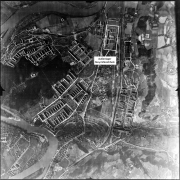
Steyr-Münichholz Subcamp was one of the first camps serving the arms industry. Its prisoners were used for work in the arms industry of the Steyr Works and in the construction of roads and air-raid shelters.
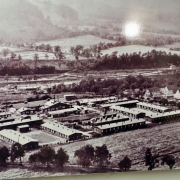
In 1941, a camp was established in Ternberg, with the purpose of supporting the construction of the Ennskraftwerk powerplant. The camp was separated into different types of work. In May 1942, the first prisoners arrived from Vöcklabruck Subcamp.
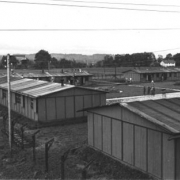
Vöcklabruck-Wagrain Subcamp, also called “Cäsar-Kommando” (Caesar-detachment) was established for prisoners to carry out different types of work in the area. The prisoners were mainly Spanish Republicans and had to work in detachments - predominantly in road construction - for the Deutsche Stein- und Erdwerke Ges.b.H (DEST, German Earth and Stone Works).
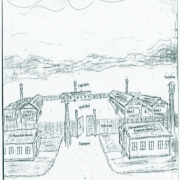
Steyr-Daimler-Puch AG produced parts for Daimler-Benz aircraft engines and later also tanks at the Graz-Thondorf factory. In late 1943, they started searching for underground space in which to continue their production protected from air raids. Aflenz near Leibnitz was chosen as a location, where a limestone quarry had been since antiquity. The prisoners had to expand the existing tunnels there and later work in production as well.
